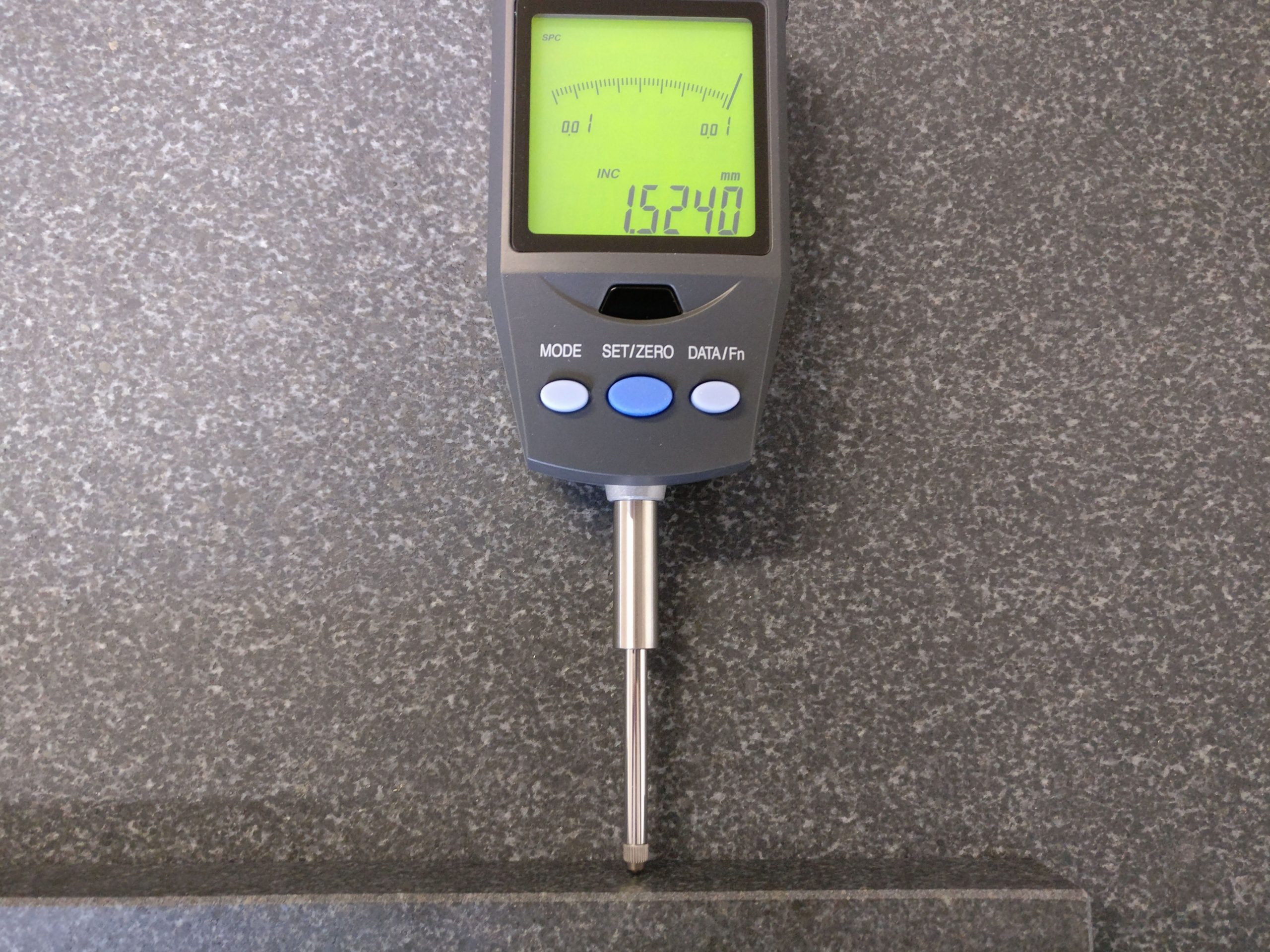[vc_row][vc_column][vc_column_text]
Just how accurate is “accurate” in a CNC machining context?
The answer depends on the industry being served, as well as the physics of the actual process being performed. High-accuracy in semi-conductor manufacturing is at the nanometre level whereas in the medical industry, for example stent cutting, tolerances are in the order of micrometres. When laser cutting metal tubes, process tolerances are significantly wider than when performing photolithography.
[/vc_column_text][/vc_column][/vc_row][vc_row][vc_column width=”2/4″][vc_column_text]
[/vc_column_text][/vc_column][vc_column width=”2/4″][vc_column_text]However, all high-accuracy robotic motion applications share the following common considerations:
Physical: mass of the moving parts, effect of temperature changes and the amount of vibration produced
Mechanical: flatness of the machine bed, skew of the motion axis assembly and the straightness, pitch and roll of the moving parts along the axes
Control: limitations of positioning and feedback methods used, together with calibration procedures
Viska Systems are experts in working with all of these key considerations when designing high-performance motion control systems.
For specialist advice on your high-accuracy CNC application – contact Viska Systems now or Click Here to learn more.[/vc_column_text][/vc_column][/vc_row]

